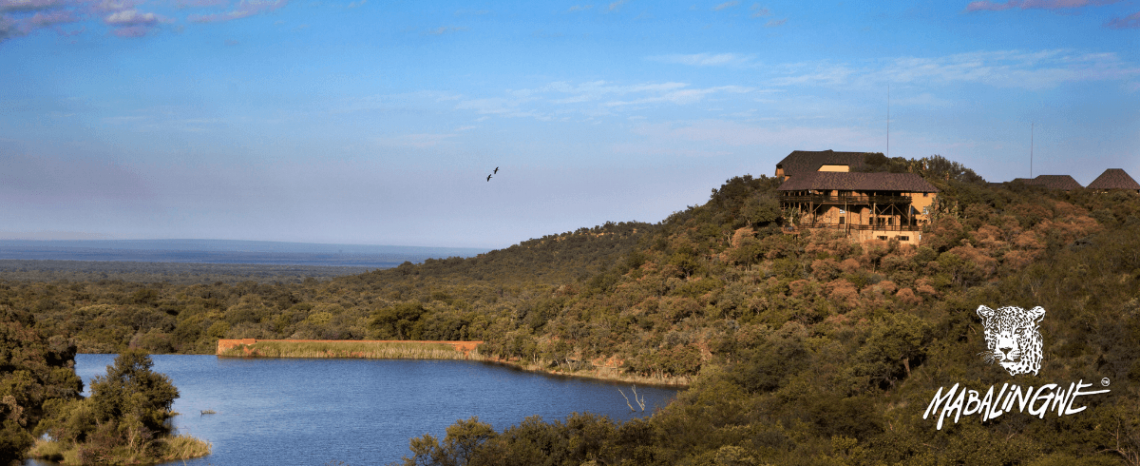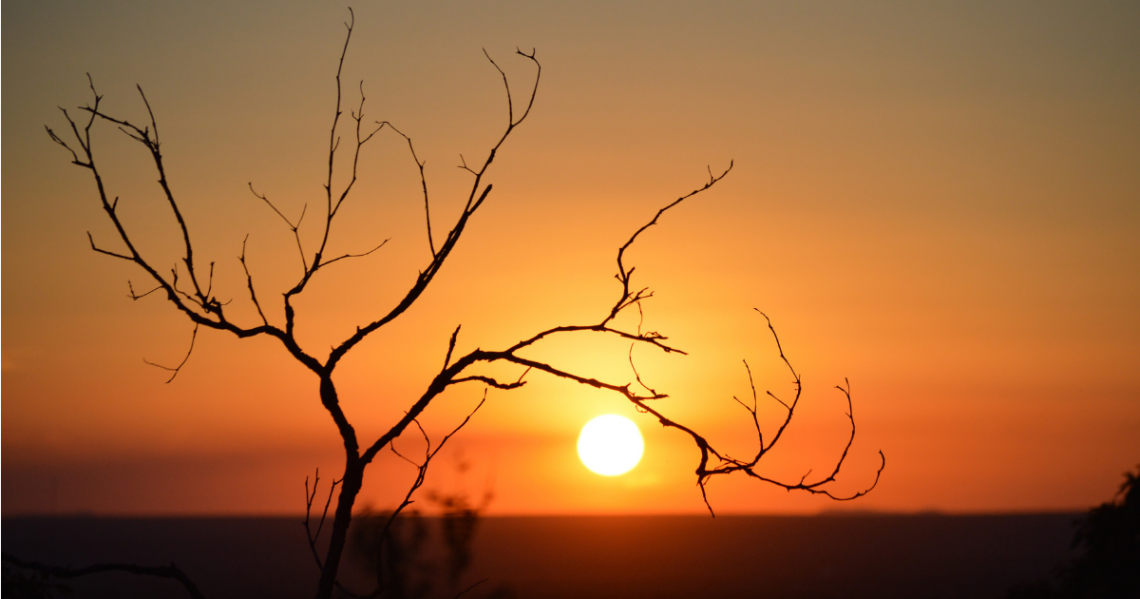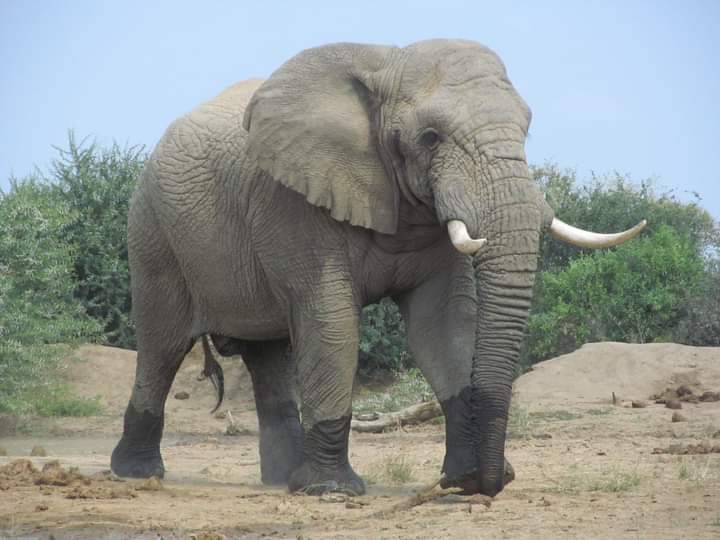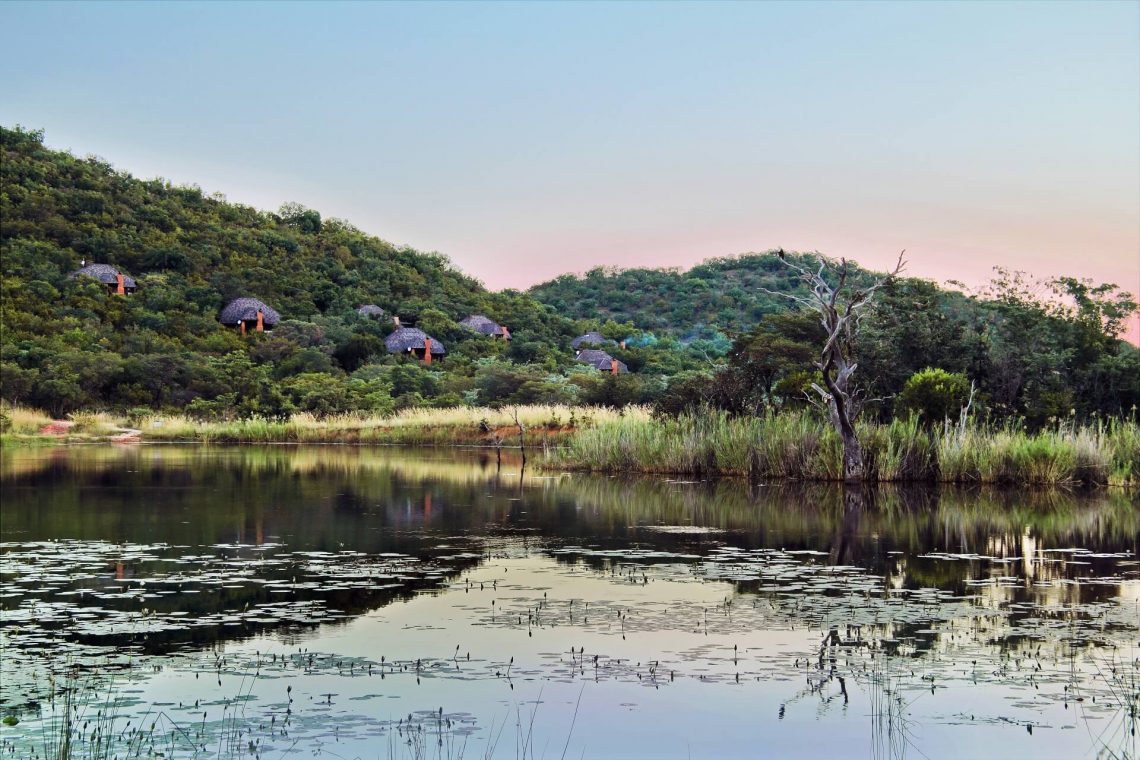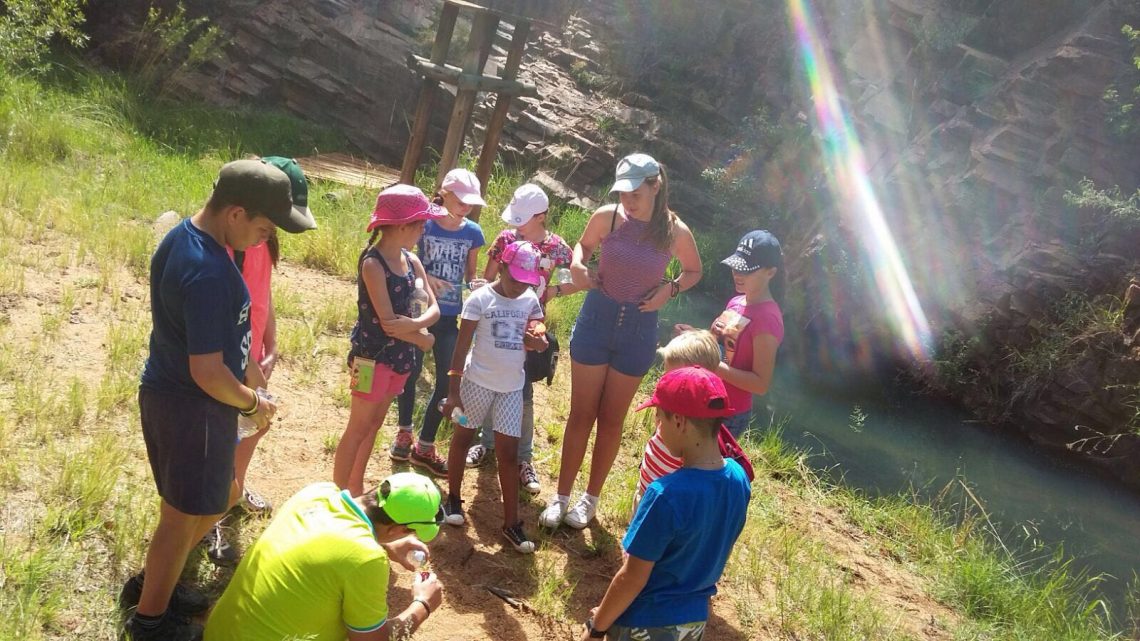We love it when our valued guests and shareholders share their holiday experiences with us. As a new section, as part of our blog, we will feature stories that our guests shared with us – some from yesteryear and others from more recently.
Here is a story, told as seen through the eyes of shareholder, Hoffie Hofmeyr:
In 1988, is daar oor naweke bemarking by Mabalingwe gedoen by wyse van ʼn braai by die groot swembad, ‘n aanbieding van die ontwikkelingsplanne waar die muurbalbaan is en ‘n rit per wildbesigtigingsvoertuig na die restaurant en paar woonplekke in Ingwekamp, wat reeds opgerig was, om ‘n idee te kry van hoe hulle destyds gelyk het. Slegs die fondasies van 57 tot 61 was gelê, maar die pragtige uitsig suid en op die waterdrinkplek in die gebied naby waar die Tloukamp nou is, was genoeg om ‘n paar weke te verkoop.
Met die eerste besoeke vanaf 1989, is die wêreld per voet verken. Destyds, was daar nog nie olifante nie. Eers is oor die berg geklim tot by die Kubudam en dan deur die poort gestap tot aan die bopunt van die Wesselsdam, waar daar ‘n goeie piekniek plek was. Later is by die Kubudam eenhede gebou met ‘n konferensiefasiliteit. Die eenhede is gedurende die week vir konferensies gebruik en oor naweke deur deeltiteleienaars. By die piekniekplek is eers ‘n bergklimplek geskep, toe is ‘n boogskietarea ontwikkel en later ‘n klim-en-klouter-stellasie.
‘n Ander roete was langs die koppie deur waar Kwalatakamp nou is tot by Kameelperddrinkplek. In die omgewing waar die Kalahari Oasis later jare vir die Castrol-advertensies opgerig is, moes ons vir renosters uitgekyk word, want dit was een van hul geliefde uithangplekke. Dan was daar die pad oor die koppie waar die leeukamp vandag is, tot by die ou ingang wat nader aan Witland was as die huidige ingang. Daar was toe miskien nie leeus nie, maar wel pofadders.
Witland self was ‘n ou land en toentertyd sonder bome. Die verskillende boksoorte het daarvan gehou om daar te oornag en vroegoogend na sonsonder se kant, was ‘n mens verseker van ontmoetings.Trouens, dit was moontlik om daar uit te klim en saam met die Kameelperde te stap solank as wat ‘n dertig treë afstand of so gehandhaaf word. By die Tsesebbe-drink-plek was daar op ‘n stadium ‘n skuiling gewees, vanwaar die verskillende diere se manewales dopgehou kon word, soos Njalas wat spog of Koedoes wat ‘stoei’. In 1989, is by geleentheid twee luiperde voor die kantoor vrygelaat en is hulle soos blits teen die berg uit.
Die koms van die seekoeie was iets besonder en ligte is bo by die boonste swembad onder die kroeg aangebring om die onderste gedeelte langs die pad te verlig, wanneer hulle saans uitgekom het om aan voer wat uitgesit is om te vreet. Dit was aan die begin nodig sodat hulle gevestig kon raak. Soms het hulle met mekaar geargumenteer en dan is een tydelik uit die trop verdryf. Daar is gewoonlik na die watergat, suid van Ingwe, gevlug. By een geleentheid het so ‘n seekoei ‘n vrou wat wederregtelik ‘n hondjie saamgebring en gaan stap het in die pad onder na die winkel se kant toe, aangeval en by ‘n ander geleentheid is een uit Ingwe verdryf deur die werkers en personeel wat op die destyds metaalasblikke se deksels geslaan het. Die gevolg was dat daar toe ‘n lae elektriese heining om die kamp aangebring is. Die oorblyfsels is vandag nog daar, maar die seekoeie het intussen hoër op beweeg en bly hoofsaaklik in die Gorcumdam.
Die winkel by die swembad het aan die begin, afgesien van kosvoorrade, ook klere en allerlei aandenkings aangehou. Later was daar ‘n afsonderlike winkel bo by die kantore waar ‘n verskeidenheid toerisme-items aangebied is. Met die ontwikkeling van die karavaankamp en die opening van die winkel daar, het die klem egter verskuif na noodsaaklikhede en die behoeftes van kampeerders.
Soos wat meer kampe ontwikkel en huise opgerig is, het die aard van die aktiwiteite wat aangebied was ook verander. Wildbesigtigingsritte, swem, muurbal, tafeltennis en tennis is aangevul met ‘n ‘Jacuzzi’, mini-golf, vlugbal, ‘n speletjieskamer en ‘n groot verskeidenheid van vermaak wat veral vir ouers met kinders verwelkomend moes wees.Tloukamp, wat die verantwoordelikheid vir konferensies by Kubukamp oorgeneem het en ook op troues en die huisvesting van trougaste afgestem was, het ook weer ‘n gedaanteverwisseling ondergaan. Die Khoisan wat op ‘n stadium besoekers met hul danse verwelkom het en ook in die kroeg opgetree het, het verdwyn terwyl die kamp waar hulle gebly agtergebly het. Wildbesigtigings was oorspronklik beperk tot die gebied vanaf die aanloopbaan tot by die oostelike grensdraad, maar soos grond bygekoop is kon die gedeelte wes van die aanloopbaan ook besoek word. Die koms van die olifante het stappery buite die kampe uitgeskakel, terwyl die verlies van die enigste krokodil wat in die waterpoel langs die tennisbane en hoofswembad gewoon het, dit moontlik gemaak om daar te ontspan sonder om een oog oop te hou.
Mabalingwe het oor die jare verskillende dinge aangebied, maar die natuur – die berg, die bosse, die bome, die damme en sonsondergange, maak dit steeds een van die top vakansieoorde om te besoek.
Hoffie Hofmeyr
Share your Mabalingwe experiences with us by sending your stories to yourresortstory@vrs.co.za to be featured on our blog!

